Fundamentals of Simcenter STAR-CCM+
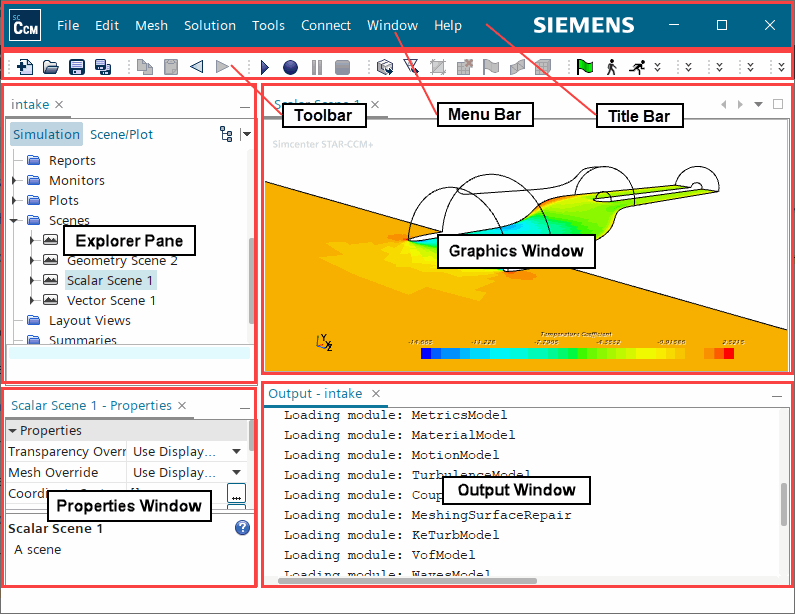
- Duration: 2 Days
- Comprehensive training on the fundamentals of multiphysics simulation using Simcenter STAR-CCM+, including geometry preparation, meshing, physics setup, and post-processing.
1. Overview of Simcenter STAR-CCM+ and its applications.
2. Navigating the user interface and project setup.
3. Geometry preparation and importing CAD files.
4. Meshing fundamentals and mesh refinement techniques.
5. Setting up physics and solver configurations.
6. Running simulations and monitoring convergence.
7. Post-processing and data visualization.
8. Troubleshooting common simulation issues.
Advanced Meshing and Geometry Handling
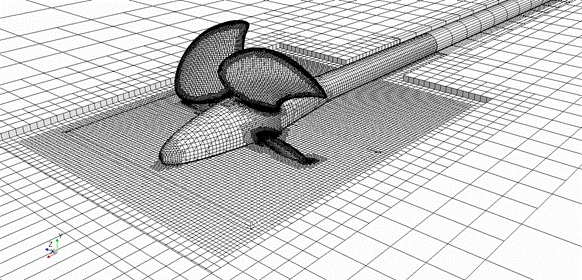
- Duration: 1 Day
- In-depth training on advanced meshing techniques and geometry handling for complex simulation workflows.
1. Understanding meshing requirements for complex geometries.
2. Preparing and repairing CAD geometry for meshing.
3. Using surface wrapping and part connections.
4. Adaptive meshing and mesh refinement techniques.
5. Creating high-quality meshes for fluid-structure interaction.
6. Practical exercises in geometry and mesh preparation.
7. Troubleshooting meshing issues.
8. Case studies in advanced meshing workflows.
Heat Transfer Simulation
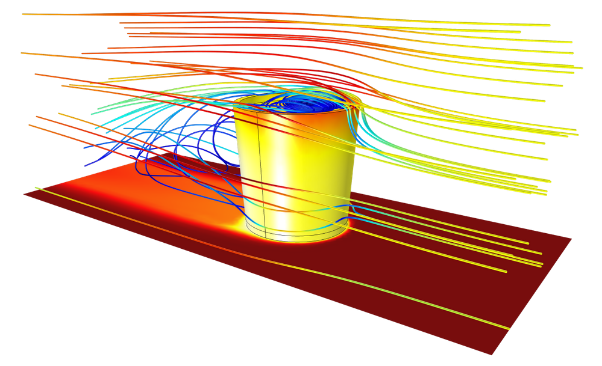
- Duration: 1 Day
- Focused training on heat transfer simulations, including conjugate heat transfer (CHT), radiation, and wall treatments.
1. Introduction to durability testing and analysis.
2. Data consolidation techniques for durability studies.
3. Using fatigue counting methods in Neo.
4. Setting up accelerated testing workflows.
5. Load and damage analysis methods.
6. Reporting and visualizing durability results.
7. Best practices for Neo durability processing.
8. Advanced case studies in durability testing.
Multiphase Flow Modeling
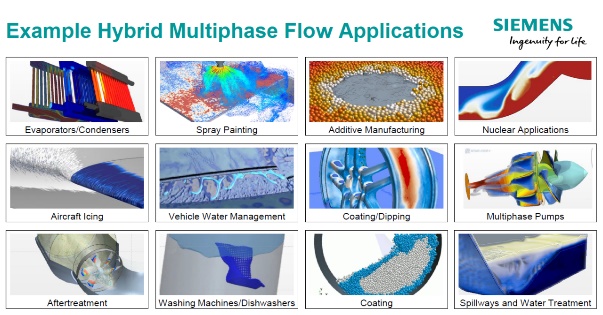
- Duration: 1 Day
- Comprehensive training on modeling multiphase flows, including Eulerian and Lagrangian approaches, phase interactions, and post-processing.
1. Introduction to multiphase flow and its applications.
2. Eulerian and Lagrangian multiphase modeling fundamentals.
3. Setting up and configuring multiphase simulations.
4. Modeling volume of fluid (VOF) and phase interactions.
5. Advanced post-processing for multiphase flows.
6. Practical exercises in multiphase simulation.
7. Case studies in industrial and environmental applications.
8. Troubleshooting multiphase flow simulations.
Battery Design and Thermal Management
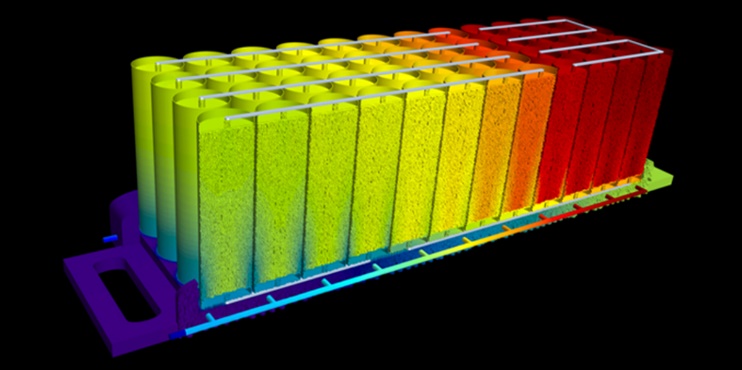
- Duration: 2 Days
- Detailed training on battery modeling and thermal management, including thermal runaway analysis and cooling strategies.
1. Introduction to battery modeling in STAR-CCM+.
2. Setting up single-cell and pack-level simulations.
3. Modeling thermal effects in batteries using TBM files.
4. Simulating cooling strategies: liquid vs. phase change.
5. Advanced thermal runaway analysis methods.
6. Integrating battery simulations with fluid dynamics.
7. Post-processing and reporting battery thermal results.
8. Case studies in electric vehicle battery design.
Turbulence Modeling and Simulation
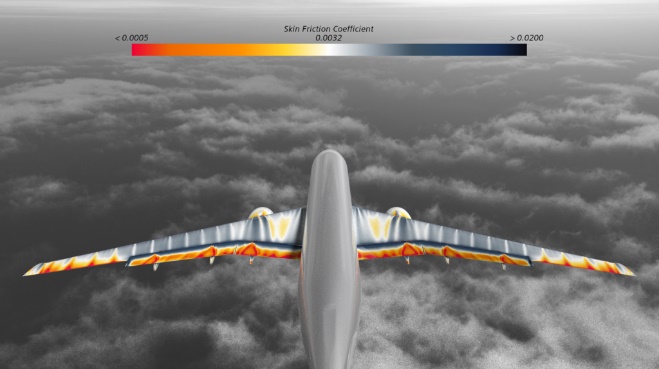
- Duration: 1 Day
- Training on turbulence modeling, including RANS, LES, and DES models, with a focus on wall treatment and flow structure visualization.
1. Basics of turbulence modeling and equations.
2. Understanding RANS, LES, and DES models.
3. Selecting the appropriate turbulence model for applications.
4. Setting up and running turbulence simulations.
5. Wall treatment and near-wall mesh considerations.
6. Post-processing turbulence results and visualizing flow structures.
7. Advanced case studies in aerospace and automotive flows.
8. Troubleshooting turbulence simulations.
Turbomachinery Simulation
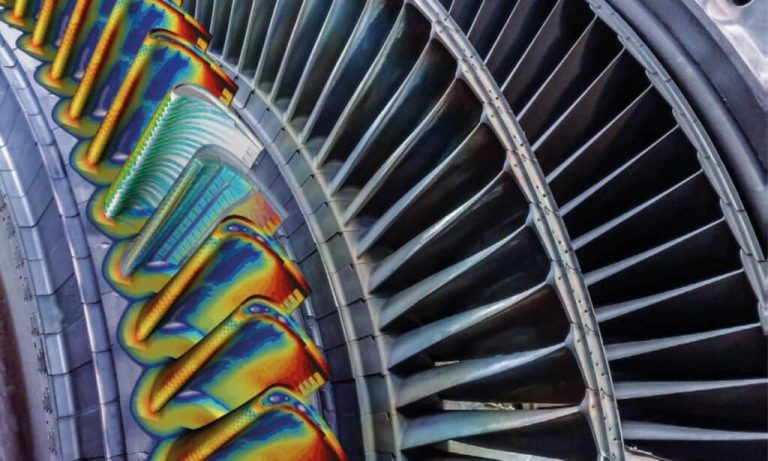
- Duration: 2 Days
- Comprehensive training on turbomachinery simulations for axial and radial machines, including mesh generation and performance analysis.
1. Introduction to turbomachinery and simulation goals.
2. Setting up simulations for axial and radial machines.
3. Mesh generation for turbomachinery applications.
4. Configuring physics for rotating machinery.
5. Post-processing performance parameters like efficiency and pressure ratio.
6. Using design manager for parametric studies.
7. Case studies in turbines, pumps, and compressors.
8. Best practices and troubleshooting.
Electromagnetic and Thermal Analysis
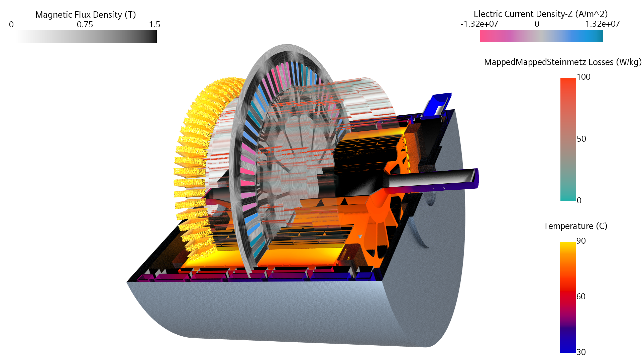
- Duration: 1 Day
- Training on integrating electromagnetic and thermal simulations for electric machines, including ohmic heating and magnetic loss analysis.
1. Basics of electromagnetic simulation in STAR-CCM+.
2. Setting up electromagnetic solvers for electric machines.
3. Integrating thermal and electromagnetic simulations.
4. Simulating ohmic heating and magnetic losses.
5. Post-processing electromagnetic fields and thermal effects.
6. Practical exercises in electromagnetics for electric motors.
7. Case studies in electric vehicle applications.
8. Troubleshooting and optimizing simulations.







